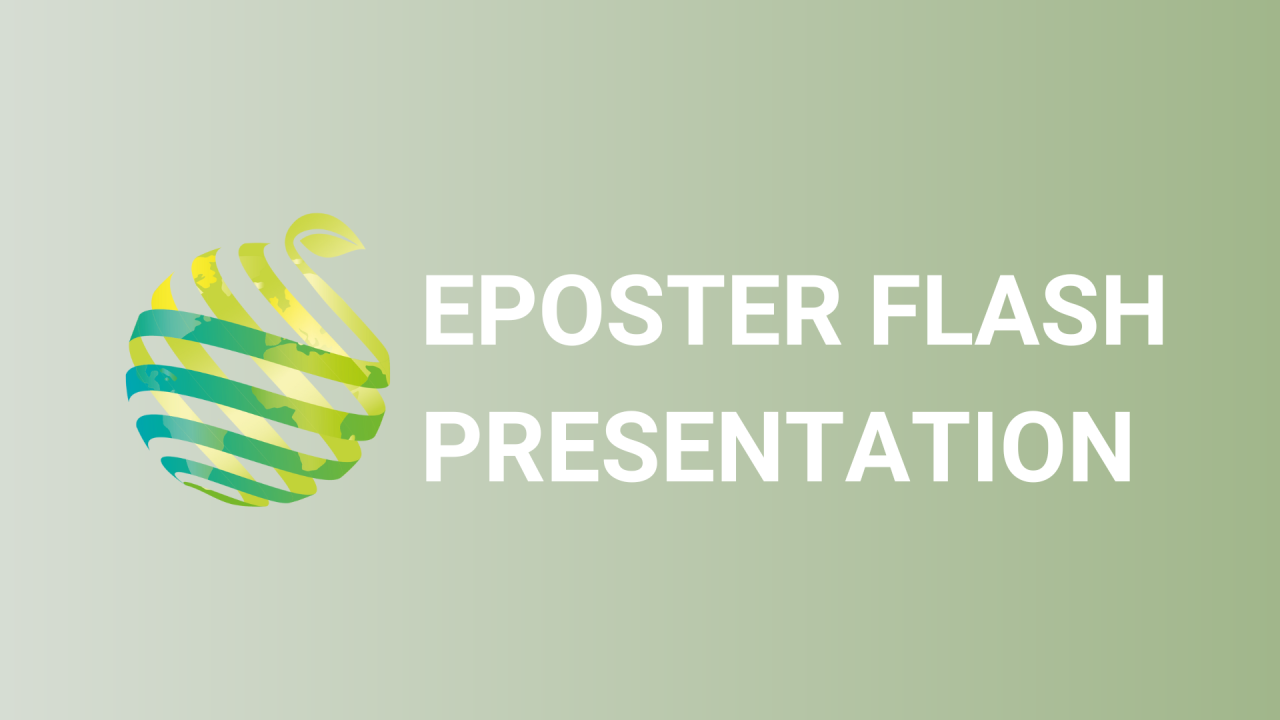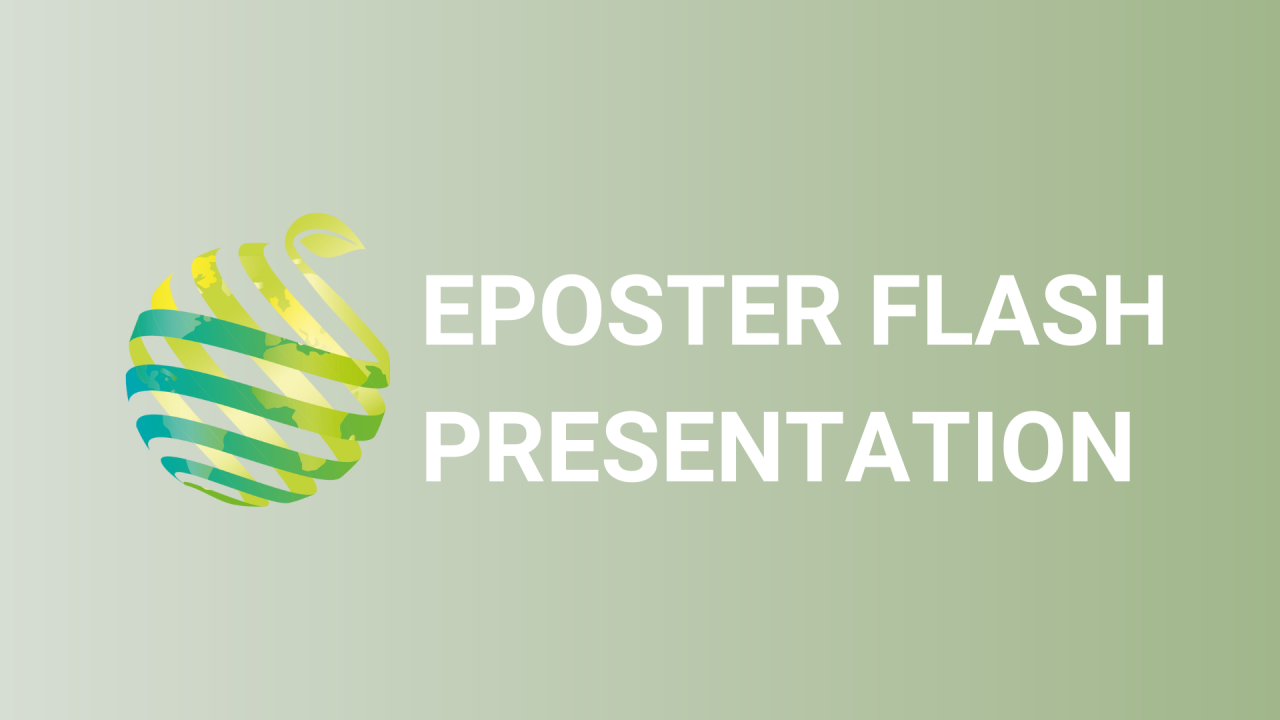

S04 - Session P5 - Conservation and long-term storage - Study of the regeneration problem of cryopreserved cassava meristems
Information
Authors: Hannes Wilms *, Natalia Fanega Sleziak, Gwendal Plumier, Bart Panis
Cassava ( Manihot esculenta ) is the third most important staple crop in the tropics, feeding millions of people, as its tuberous roots are an important source of carbohydrates. Because it can grow in areas with infertile dry soil, it is often the crop of choice on poor farmland. Additionally, the plant can easily be clonally propagated. There is great diversity within this species, with each cultivar having its own characteristics, such as higher carbohydrate content, drought tolerance and disease resistance. This variation is used by breeders and farmers to breed cassava cultivars that are better adapted to local conditions However, conserving this diversity is not an easy task. Field banks are vulnerable to environmental conditions and in vitro collections require regular and costly maintenance. Cryopreservation is a complementary approach to safely store cassava genetic resources for the long term. We investigated different parameters using droplet vitrification and concluded that not survival but regeneration of plantlets from cryopreserved meristems is a major bottleneck. Up to 80% of meristems survive cryopreservation, but only up to 20%, depending on the cultivar, grow into normal plants, which is too low to establish a cryobank. Most meristems stop growing after 1 month and remain stunted, a problem already manifested after cryoprotection with PVS2. This growth arrest could be caused by a non-optimal cryopreservation protocol or an unsuitable regrowth medium. We tested the effect of a sucrose preculture and regrowth conditions. Neither sucrose preculture nor the addition of silver thiosulfate to the recovery medium, nor micrografting of stunted shoots, resulted in normal plantlets. Based on these and additional histological observations, we hypothesize that cryopreservation of cassava meristems results in partial damage to the meristematic dome. Therefore, future work should focus on optimizing the cryopreservation protocol.